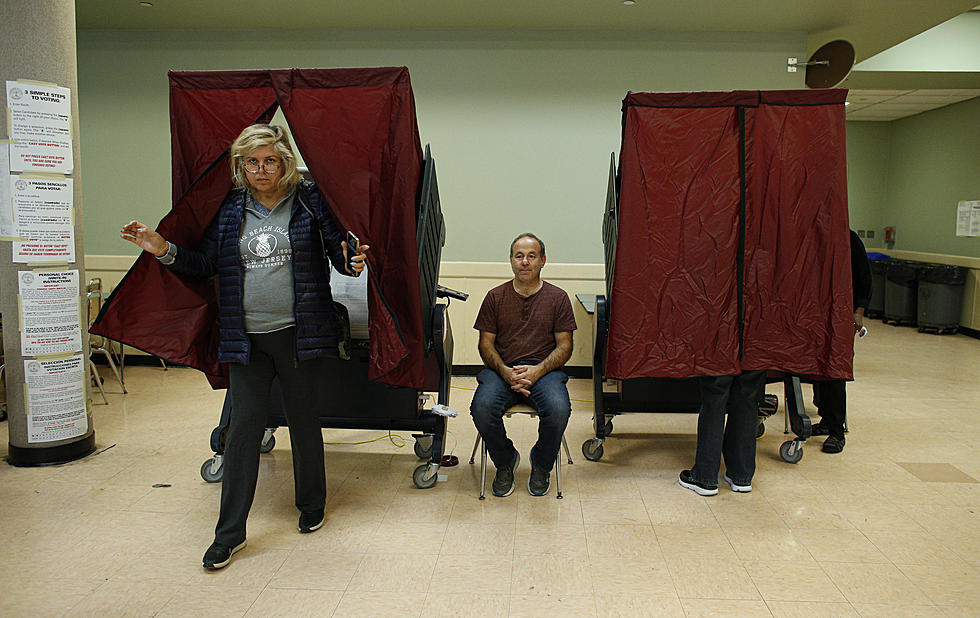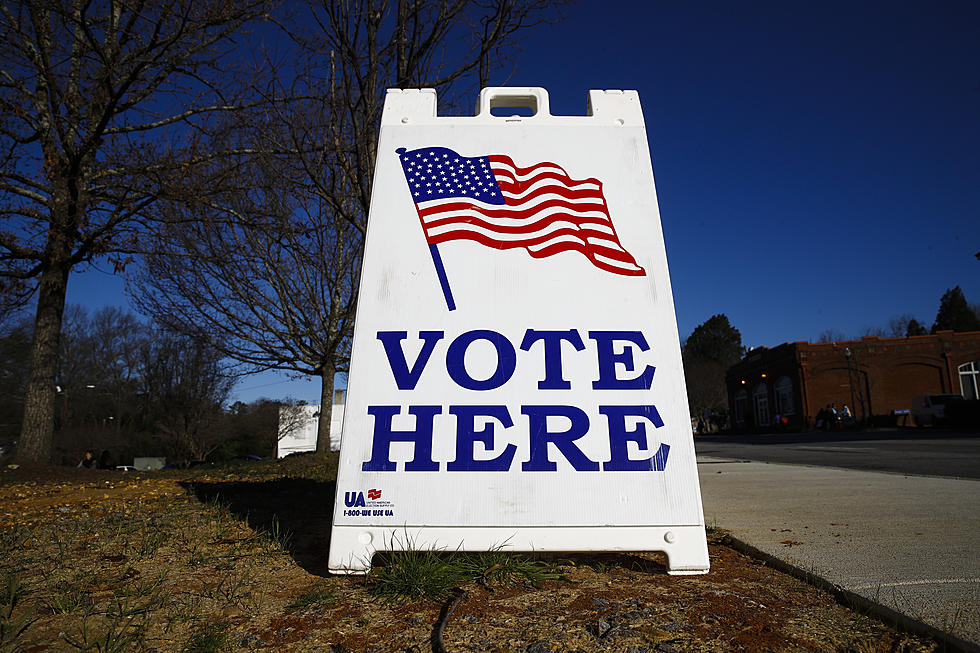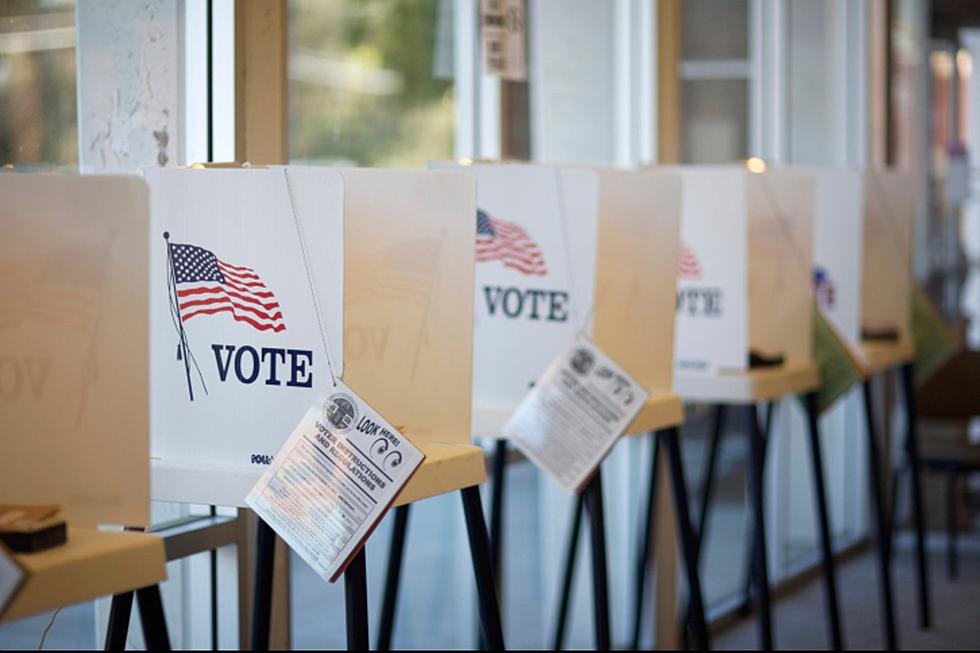
Spadea’s take on the midterm election and the media (Opinion)
There has been a rush to judgment by the corporate media to push the narrative that there was no "red wave" during the 2022 mid-term elections. The reality is that it was the media using the lead-up to the election to elevate expectations in the minds of Americans.
The expectation is that the Republicans would overwhelm Democrats across the nation as a reaction to the current administration and majority party. When the expectations were not met, it was all too convenient to tell another tale that people may not be that upset with the current radical policies.
Things being reported are not exactly as they seem.
A few things. First, the national media uses generic ballot polling to predict what will happen on Election Day. In other words, outside of YOUR member of congress, are the Democrats doing a good job, and would you support a Republican challenger?
It's easy to criticize the majority party, but most people end up supporting THEIR members of Congress because it's about contact and constituent service, NOT policy. So the "Red Wave" predicted was based on that and not on specific members who were potentially vulnerable.
That painted a picture that the GOP would sweep in with a huge majority. Two things happened instead.
First, the GOP accomplished the goal of retaking the House. Currently, there are 206 GOP seats with another 56 seats undecided. The GOP is likely to win half those races and will more than surpass the 218 needed to control the house. In the Senate, there are 48 GOPers and 48 Democrats including 2 independents who caucus with the D's.
There are also four races to be called.
Nevada is a likely GOP seat and Alaska is definitely as the two top candidates are both Republicans. Arizona is a likely D seat bringing them to 49 to the GOP 50.
Of course, as of this article, a significant portion of the votes in Arizona have yet to be counted so it's possible the GOP will prevail in the race for Governor AND US Senate.
Even if Arizona goes Democrat, there is a runoff election in Georgia in December which will either bring the Senate to a tie or deliver the GOP control 51-49.
Even in the best predictions, the GOP was never going to have more than a 52-48 majority so actually, the results are close to expected. Again, not reported that way by major media, but that is the reality.
A few other takeaways not reported in the media's rush to say "the GOP failed to achieve the red wave":
1. Republican/Red states OVERPERFORMED on Election Day with SD, NC, and FL delivering solid and, in some cases, double-digit victories for Republican governors and senators.
2. Blue State Republican opposition candidates fell victim to unorganized and underfunded campaigns and never captured the hearts and minds of voters. Mehmet Oz was sort of a Trump guy, but kind of a moderate? Didn't sell. In states like NJ, the moderate candidates refused to acknowledge the strong Trump base and the moderate Democrats who think the party is too radical and as a result, the votes didn't turn out for them.
3. Locally across many Blue states, specifically New Jersey, there were HUGE victories for local school board candidates and town council races. This was a local reaction to radical sex and race agendas pushed by Democrats in state capitals. The way the Democrats took over the now blues states is by driving GOP votes to more tax-friendly states by winning at the local level and taking a long-term approach. The real plan to take back the country is a 3-5-10 year plan, not a one-election turnaround that the media uses for clickbait.
It's an easy default that favors the media, the Democrats, and anti-Trump Republicans to blame Trump, but that ignores that many of Trump's candidates won big. It's also easy to blame the Roe v. Wade decision, but that ignores that abortion is a low-ranking issue among most voters in consistent polling for several months following the decision and usually only ranks high among single-issue voters who comprise a very small percentage of the voting public.
You can actually isolate Trump-endorsed candidates losing in PA and in NH as more anomalies than a trend.
The challenger Republicans in Nevada are poised to defeat the incumbent Democrat in that state's gubernatorial contest and conservative Kari Lake may well become the governor in Arizona despite the media hinting that Trump cost her the race despite only 70% of the votes having been counted.
When it comes to House races, people will vote party line by default in many cases unless the incumbent has been caught in a scandal or refuses to engage with constituents. Beyond that, the GOP has no consistent message or ideas outside of "Biden is bad".
But regardless of your view of either party, the historical reality is that this was a midterm consistent with prior midterms. An unpopular president facing backlash resulting in the House changing hands, and possibly the Senate is what was expected and what happened.
Democrats are on the defensive, unsure of how to appeal to middle and working-class workers and families. We'll see if this trend continues in New Jersey as all 120 legislators have to face the voters in 2023.
The post above reflects the thoughts and observations of New Jersey 101.5 talk show host Bill Spadea. Any opinions expressed are Bill's own. Bill Spadea is on the air weekdays from 6 to 10 a.m., talkin’ Jersey, taking your calls at 1-800-283-1015.
Click here to contact an editor about feedback or a correction for this story.
How much does the average NJ home cost? Median prices by county
More From New Jersey 101.5 FM









